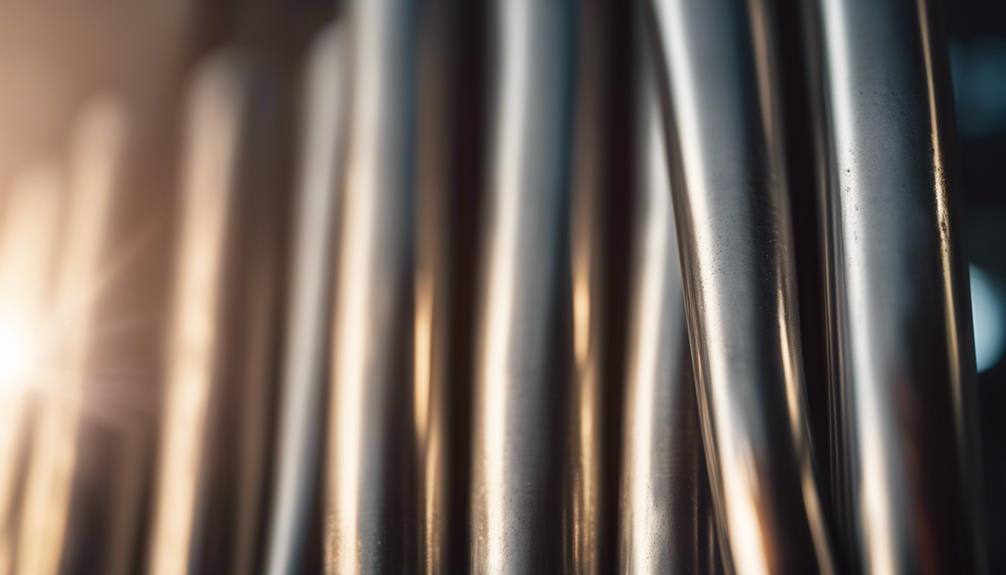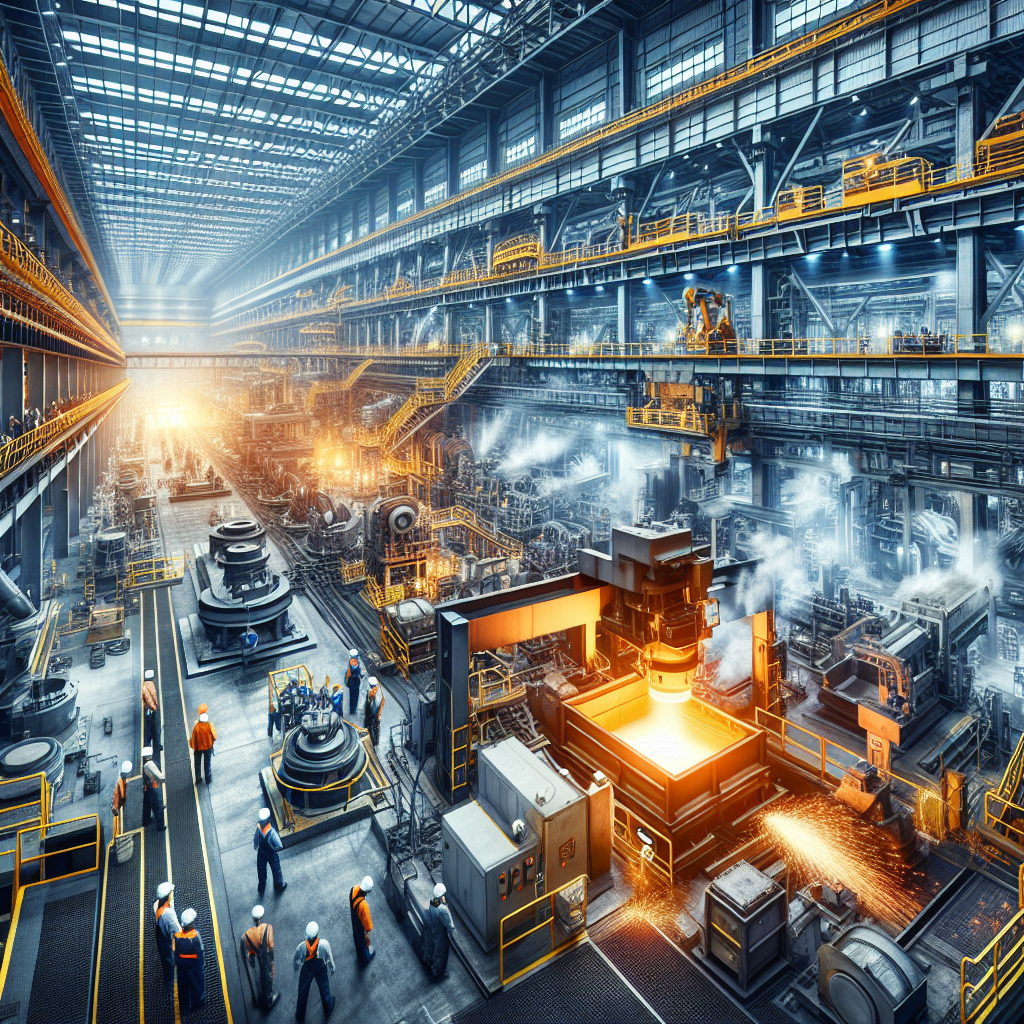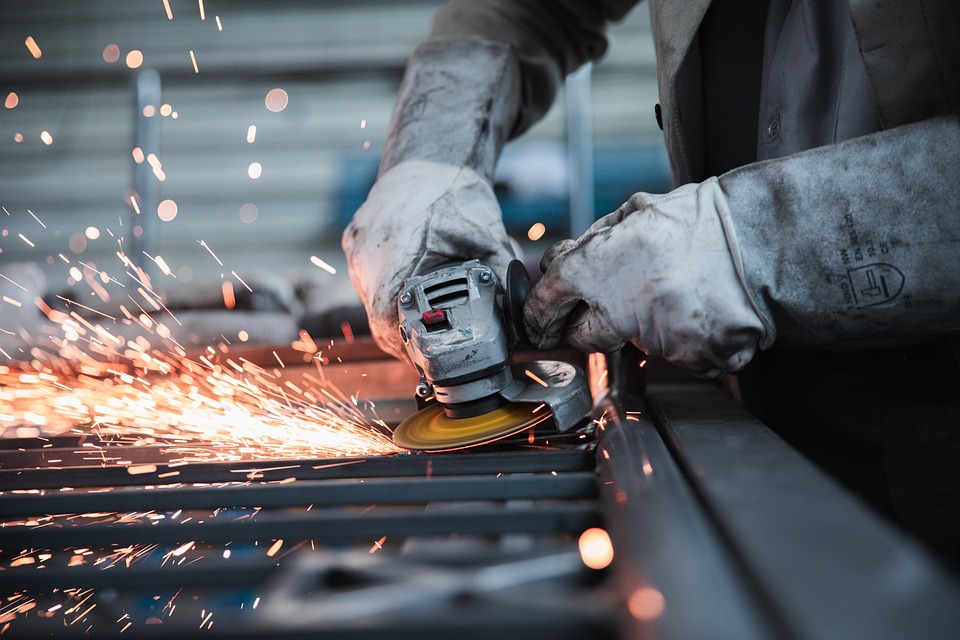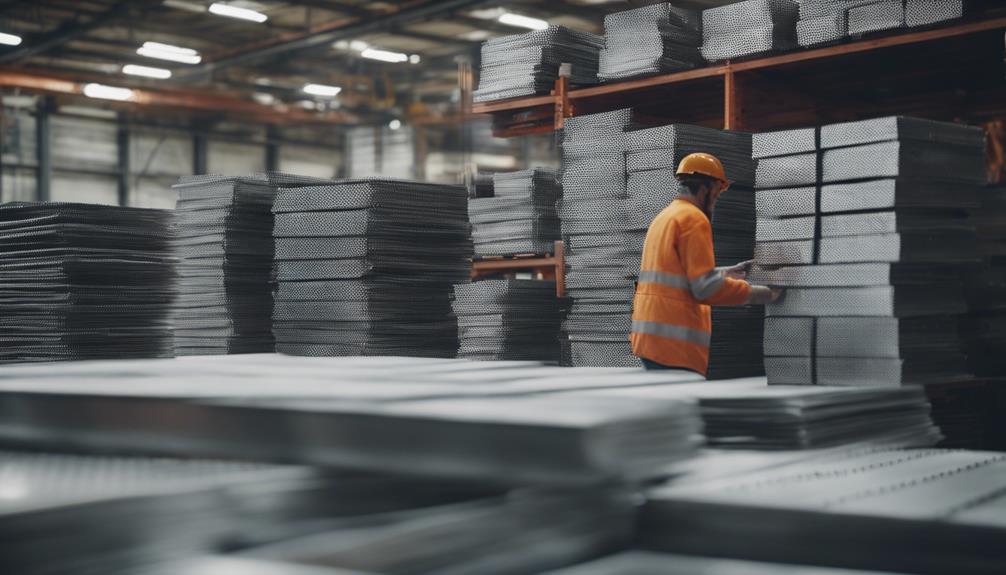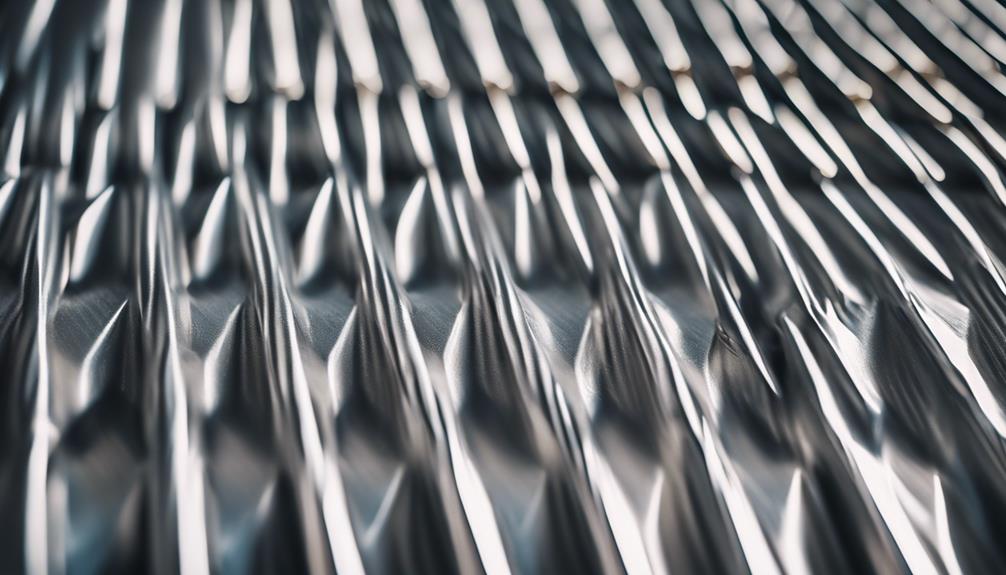Steel tubes are indispensable in multiple industries for their durability and strength. They come in various sizes and wall thicknesses, with materials like A513 and A500 offering differing mechanical properties. Used in roll cages, handrails, and support columns, steel tubes are known for their cost-effectiveness and versatility in structural applications. The options for custom cuts and finishes make them suitable for a wide range of projects, ensuring they meet specific requirements. Explore further to discover the various applications and benefits of steel tubes.
Key Takeaways
- Steel tubes offer high strength and durability for structural applications.
- They are resilient to bending and torsional stress.
- Various sizes and custom cuts are available, suitable for a range of projects.
- Maintenance involves cleaning, applying protective coatings, and proper storage practices.
- Regular maintenance is crucial for ensuring the structural integrity and longevity of steel tubes.
Types of Steel Tubes
Within the domain of steel tubes, a diverse array of types caters to various industrial applications and structural needs. Steel square tubes are available in different sizes and wall thicknesses, such as 1-1/4 x 1-1/4 and 2 x 2, providing versatility for different project requirements. Common lengths for these square tubes include 4 ft, 6 ft, 8 ft, and 12 ft, with the option for custom cuts to meet specific needs. Materials like A513 and A500 square steel tubes offer varying mechanical properties and weight per foot, allowing for flexibility in structural considerations. Customers can order these tubes online seamlessly, with customization features available, including a range of sizes and wall thicknesses to choose from.
Steel Tube Applications
Steel tubes find extensive utilization across various industries, serving as integral components in applications ranging from framework construction to protective barriers due to their robust structural properties. Steel tubes, whether square or round, are commonly employed for roll cages, gates, handrails, support columns, and protective barriers in construction projects. With a tensile strength of around 58,000 and yield strength of approximately 42,000, steel tubes offer desirable mechanical properties. Available in various stock sizes from 4ft to 20ft, they can be customized to meet specific project requirements. Their cost-effectiveness and versatility make them ideal for a wide range of structural applications where high precision is not essential, offering a reliable solution for various projects requiring structural grade materials.
Steel Tube Fabrication
The process of fabricating steel tubes involves intricate shaping and manipulation techniques to craft customized structures or components. Fabrication encompasses cutting, bending, welding, and assembling steel tubes to meet specific design requirements. Skilled fabricators employ various tools and techniques to guarantee precision and quality in the fabrication of steel tubes. These fabricated steel tubes find applications across diverse industries such as construction, manufacturing, automotive, and aerospace. Quality control measures play a crucial role in steel tube fabrication to assure the strength, durability, and integrity of the final products. By utilizing advanced fabrication processes, professionals can tailor steel tubes to suit a wide range of industrial needs, ensuring top-notch performance and reliability.
Benefits of Steel Tubes
Recognized for their exceptional strength and durability, steel tubes offer a wide array of benefits for various structural applications. Steel tubes provide high strength, making them ideal for withstanding bending and torsional stress in diverse projects. Their resilience guarantees long-lasting performance, reducing the need for frequent replacements. Additionally, steel tubes exhibit superior corrosion resistance, making them suitable for harsh environments where moisture or chemicals are present. The versatility of steel tubes allows for easy customization to meet specific project requirements, enhancing their applicability across different industries. Furthermore, their cost-effectiveness and eco-friendly nature make steel tubes a sustainable choice for construction projects seeking reliable and long-term solutions.
Steel Tube Finishes
With distinctive visual characteristics distinguishing different types of steel tubes, the finishes of ASTM A513 and ASTM A500 Grade B tubes play a significant role in their identification and suitability for specific applications. ASTM A513 steel tubes exhibit a dark blue/black finish with a smooth slight oil coating, while ASTM A500 Grade B steel tubes feature a blue/dark gray finish that is slightly grainy and dry. Both ASTM standards offer excellent welding capabilities, making them versatile for various fabrication processes. Additionally, the bending and forming characteristics of square steel tubes meeting these standards are considered fair, allowing for manipulation into desired shapes. However, it is important to note that corrosion resistance is generally poor for square steel tubes produced to ASTM specifications.
Steel Tube Strength
An integral aspect of steel tubes lies in their inherent strength, a characteristic derived from their structural design and material composition. The strength of a steel tube is influenced by various factors such as wall thickness and material grade. Thicker walls and higher material grades generally result in increased strength, making the tube more resistant to bending, torsion, and external forces. Steel tube strength is crucial in applications where structural integrity and load-bearing capacity are paramount. These tubes are known for their ability to withstand heavy loads and pressure, making them indispensable for structural support in construction, infrastructure, and machinery. Engineers often calculate the strength of a steel tube based on its dimensions, material properties, and intended usage.
Steel Tube Sizing Guide
Steel tube sizing plays a critical role in determining the appropriate dimensions for construction and fabrication projects. Steel tube sizes typically range from 1-1/4 x 1-1/4 to 2 x 2, with various wall thickness options available. Lengths for steel tubes can vary from 4 ft to 24 ft, providing flexibility for different project requirements. Weight per foot details are provided for different steel tube sizes, aiding in structural planning and material selection. Customization options allow for tailored steel tube solutions based on specific project needs and dimensions. Understanding the specifications and sizing options for steel tubes is essential for selecting the right product for construction or fabrication projects.
Steel Tube Welding Techniques
Effective welding techniques are essential for ensuring the structural integrity and quality of steel tubes in construction and fabrication projects. Different steel tube welding techniques, including MIG (Metal Inert Gas), TIG (Tungsten Inert Gas), Stick, and Flux-Cored welding, offer various benefits depending on the specific requirements of the project. MIG welding is suitable for thin steel tubes, providing fast, clean welds with minimal spatter. TIG welding is ideal for precise welding on steel tubes, offering high-quality and aesthetically pleasing welds. Stick welding is a versatile option capable of handling thicker materials and outdoor applications. Flux-Cored welding, on the other hand, is effective for welding steel tubes in windy or drafty conditions, providing deep penetration and high deposition rates.
Steel Tube Corrosion Resistance
Ensuring the longevity and durability of steel tubes in various applications requires a thorough understanding of their corrosion resistance properties. Steel tubes, such as ASTM A500 Grade B, exhibit significant corrosion resistance. To enhance this resistance, proper maintenance practices and the application of protective coatings are essential. Environmental conditions and chemical exposure play important roles in affecting the corrosion resistance of steel tubes. Regular inspections and timely upkeep are vital in preventing corrosion and maintaining the integrity of steel tubes over time. By adhering to maintenance schedules and utilizing suitable coatings, the corrosion resistance of steel tubes can be optimized, ensuring their reliability and performance in diverse industrial settings.
Steel Tube Maintenance Tips
To optimize the longevity and performance of steel tubes in various applications, it is important to implement effective maintenance tips. Regularly inspecting steel tubes for corrosion, rust, or damage is essential to guarantee structural integrity. Cleaning the tubes with a mild detergent and water helps remove dirt and debris, preventing potential corrosion. Applying a rust-inhibiting primer or paint to steel tubes exposed to harsh environments is recommended to protect against corrosion. In high moisture or corrosive environments, using protective coatings or wraps can greatly extend the tubes' lifespan. Proper storage practices, such as indoor storage or covering with protective material, should be implemented to prevent deformation or damage. Maintaining these maintenance tips will help keep steel tubes in top condition.
Frequently Asked Questions
What Is Steel Tube Called?
A steel tube is commonly known as square steel tube in structural applications. It is a tubular structure constructed from steel material. Steel tubes are specified by dimensions like height, width, and wall thickness.
What Is Steel Tubing Used For?
Steel tubing is a versatile material widely used in construction and industrial applications for structural support, roll cages, bollards, and more. It offers strength, durability, and cost-effectiveness while allowing customization to meet specific project requirements.
What Is the Difference Between Steel Pipe and Steel Tube?
Steel pipes are designed for fluid and gas transport, while steel tubes are used structurally. Pipes have a round cross-section, tubes can be square, rectangular, or round. Pipes are sized by NPS and SCH, tubes by diameter and wall thickness.
Why Is Steel Tube so Expensive?
The cost of steel products can be influenced by various factors, such as raw material prices, manufacturing processes, market demand, quality, tariffs, transportation costs, specialized designs, coatings, quality control measures, certifications, and industry standards compliance.






